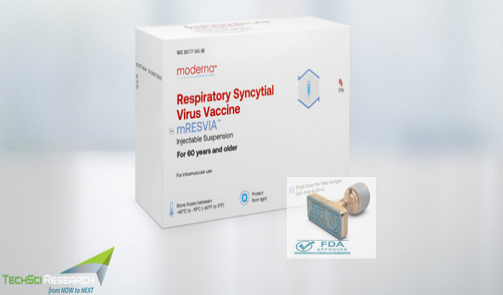Moderna's RSV Vaccine Receives Expanded FDA Approval for Use in Younger Adults

About the Organizations Mentioned
U.S. Food and Drug Administration
The **U.S. Food and Drug Administration (FDA)** is a federal agency responsible for protecting public health by regulating food, drugs, medical devices, cosmetics, tobacco, and veterinary products in the United States. Its core mission is to ensure the safety, efficacy, and security of these products through rigorous oversight, scientific evaluation, and enforcement of federal laws, notably the Federal Food, Drug, and Cosmetic Act (FD&C Act) signed into law in 1938[2][5][9]. The FDA's history dates back to the early 20th century with the 1906 Pure Food and Drugs Act, but its modern regulatory authority was significantly shaped by the 1938 FD&C Act, which required pre-market safety review of drugs and banned false therapeutic claims[2][5]. Key legislative milestones include the 1951 Durham-Humphrey Amendment, which defined prescription drugs, and the landmark 1962 Kefauver-Harris Amendments that mandated proof of both safety and efficacy before drugs could be marketed, marking the start of the FDA's modern drug approval process[2][6]. The agency's role expanded over time to include regulation of cosmetics, medical devices, biological products, and tobacco[5]. The 1997 FDA Modernization Act further refined regulations, improving patient access to experimental treatments and speeding review processes[3]. Notable achievements include preventing the approval of thalidomide in the U.S., which averted widespread birth defects seen elsewhere, and establishing stringent drug approval standards that make the U.S. regulatory system one of the toughest globally[2][6]. The FDA also enforces labeling laws for consumer products and has pioneered initiatives such as the Office of Prescription Drug Promotion to ensure truthful drug advertising[3]. Today, the FDA remains a critical player at the intersection of business, science, and technology, balancing innovation with public safety. It faces ongoing challenges from emerging technologies, complex product innovations, and global supply chains but continues to adapt its regulatory framework t



